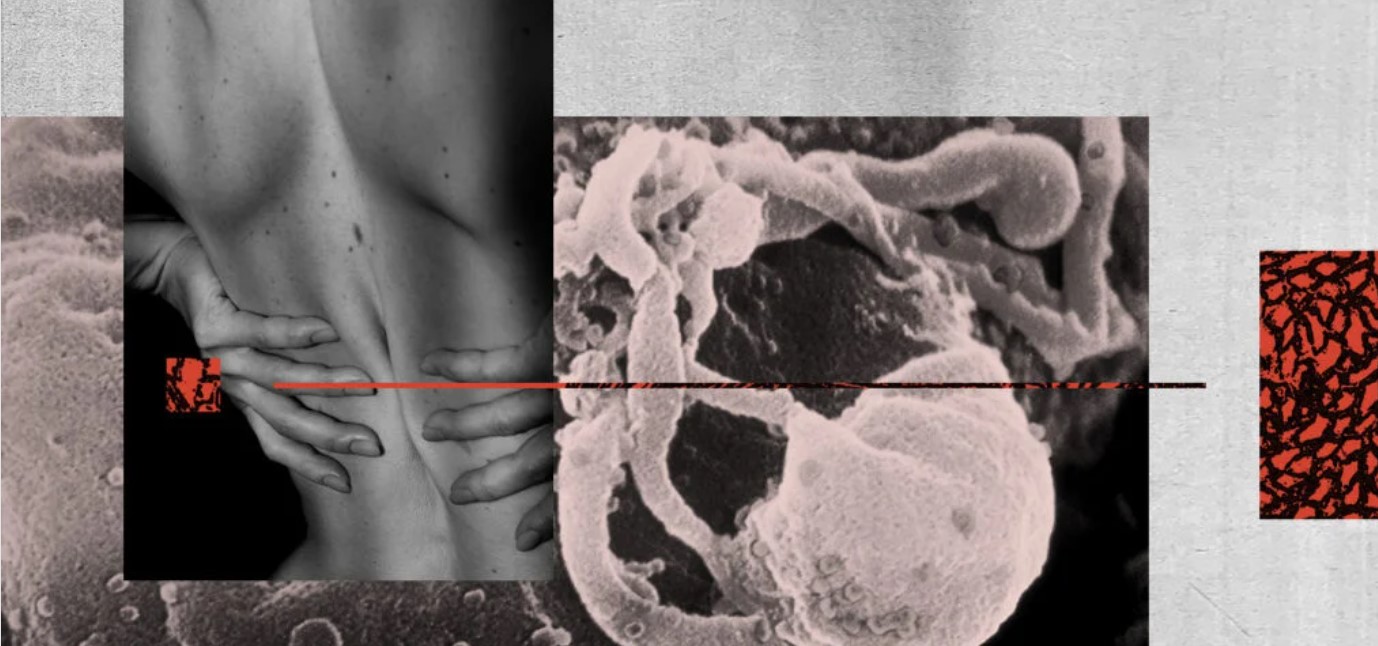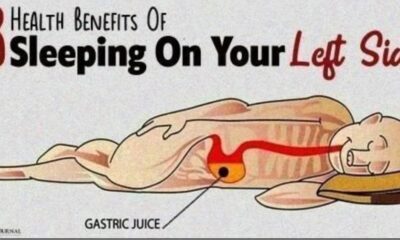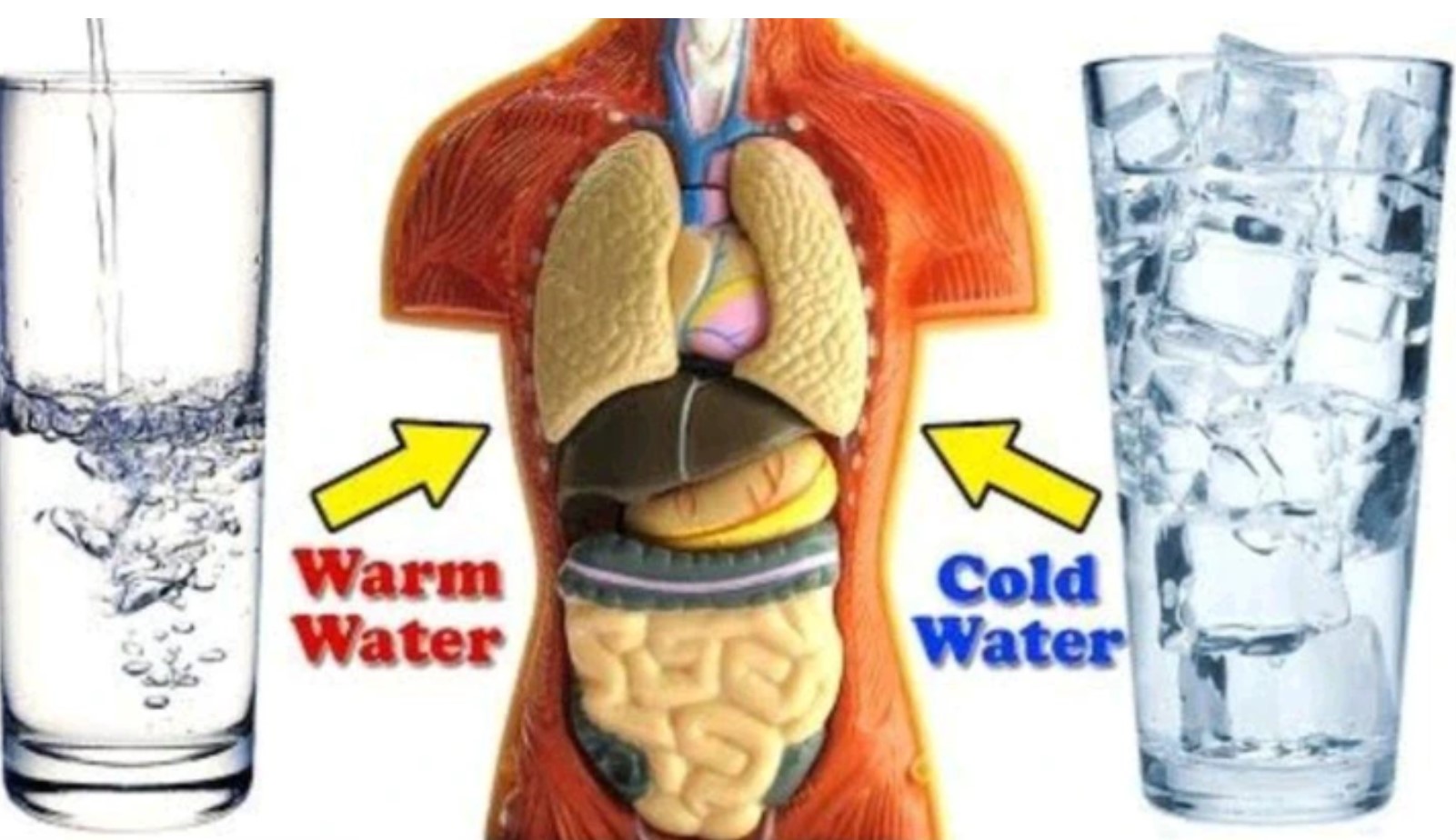When it comes to HIV transmission, it’s important to know what early symptoms to look for. Early detection of HIV can help ensure prompt treatment to control the virus and prevent progression into stage 3 HIV. Stage 3 HIV is more commonly known as AIDS…Click Here To Continue Reading>> …Click Here To Continue Reading>>
Early treatment using antiretroviral drugs makes the virus undetectable, which can prevent transmission to other people.
In this article, we examine the early symptoms of HIV and symptoms that may develop as the disease progresses.
The early signs of HIV, also known as acute retroviral syndrome, may appear as symptoms similar to those caused by the flu.
These can include:
Headache
Fever
Tiredness or fatigue
Joint pain
Loss of appetite
Swollen lymph nodes
Sore throat
Rash
Muscle and joint pain
Ulcers in the mouth
Ulcers on the genitals
Night sweats
Diarrhea
Malaise
Muscle pain
Nausea
Early HIV symptoms generally develop within 2 to 4 weeks of transmission. Some people may not experience any early symptoms after they’ve contracted HIV.
It’s important to remember that these early HIV symptoms are also associated with common illnesses and health conditions. To be sure of your HIV status, consider speaking with a healthcare professional about testing options.
A lack of symptoms can last for as long as 10 to 15 years. But this doesn’t mean that the virus is gone. HIV is a manageable health condition. But left untreated, HIV can progress to stage 3 even if no symptoms are present. That’s why it’s so important to get tested.
Depending on the phase of HIV, symptoms can vary.
The first stage of HIV is known as acute or primary HIV infection. It’s also called acute retroviral syndrome. During this stage, some people experience common flu-like symptoms that may be hard to distinguish from a gastrointestinal or respiratory infection.
The next phase is the clinical latency stage. The virus becomes less active, though it’s still in the body. During this stage, people experience no symptoms while the viral infection progresses at very low levels. This period of latency can last a decade or longer. Many people show no symptoms of HIV during this entire 10- to 15-year period.
The final phase of HIV is stage 3. During this phase, the immune system is severely damaged and is vulnerable to opportunistic infections. Once HIV progresses into stage 3, symptoms associated with infections may become apparent.
These symptoms can include: READ FULL STORY HERE>>>CLICK HERE TO CONTINUE READING>>>
1. Nausea
2. Vomiting
3. Fatigue
4. Fever
5. Cough
6. Night sweats
7. Rashes
8. Weight loss
Symptoms associated with HIV itself, like cognitive impairment, can also become apparent.
HIV is transmittable soon after it’s introduced into the body. During this phase, the bloodstream contains higher levels of HIV, which makes it easy to transmit it to others.
Since not everyone has early symptoms of HIV, getting tested is the only way to know if the virus has been contracted. An early diagnosis also allows an HIV-positive person to begin treatment. Proper treatment can eliminate their risk of transmitting the virus to their sexual partners.
When it comes to HIV symptoms, remember that it’s not always HIV itself that makes people feel sick. Many HIV symptoms, particularly the most severe ones, arise from opportunistic infections.
The germs responsible for these infections are generally kept at bay in people who have an intact immune system. But when the immune system is impaired, these germs can attack the body and cause illness. People who show no symptoms during early-stage HIV may become symptomatic and begin to feel sick if the virus progresses.
Early diagnosis is key. If you think you’ve been exposed to HIV or have an encounter that put you at risk for HIV, you should seek medical care right away with a primary care doctor, urgent or walk-in clinic, or, if those are not available to you, a local emergency room.
Doctors can give you a medication called post-exposure prophylaxis after exposure to reduce your chances of developing HIV. But this medication needs to be taken within 72 hoursTrusted Source of exposure. Ideally, you’d start taking it within the first 24 hours.
If you think you were exposed to HIV in the past – for example, if a former sexual partner tells you they have HIV – it’s critical to seek medical care as soon as possible. The sooner you find out you have HIV, the sooner you can start treatment.
The Centers for Disease Control and Prevention (CDC)Trusted Source recommends everybody between the ages of 13 to 64 gets tested for HIV at least once.
HIV testing is important. Someone living with HIV who isn’t getting treatment can still transmit the virus, even if they have no symptoms. Others may pass the virus to others through an exchange of bodily fluids. But today’s treatment can effectively eliminate the risk of transmitting the virus to a person’s HIV-negative sexual partners.
According to the CDCTrusted Source, antiretroviral therapy can lead to viral suppression. When someone with HIV can maintain an undetectable viral load, they can’t transmit HIV to others. The CDC defines an undetectable viral load as fewer than 200 copies per milliliter (mL) of blood.
Taking an HIV test is the only way to determine whether the virus is in the body. There are known risk factors that increase a person’s chance of contracting HIV. For example, people who’ve had sex without a condom or shared needles may want to consider seeing their healthcare professional about getting tested


 SPORTS4 months ago
SPORTS4 months ago
 METRO4 months ago
METRO4 months ago
 IN-THE-NEWS5 months ago
IN-THE-NEWS5 months ago
 METRO3 months ago
METRO3 months ago
 METRO4 months ago
METRO4 months ago
 HEALTH & LIFESTYLE4 months ago
HEALTH & LIFESTYLE4 months ago
 SPORTS5 months ago
SPORTS5 months ago
 HEALTH & LIFESTYLE3 months ago
HEALTH & LIFESTYLE3 months ago


